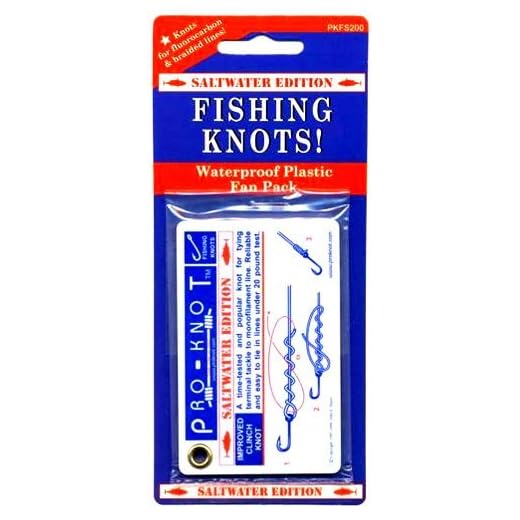
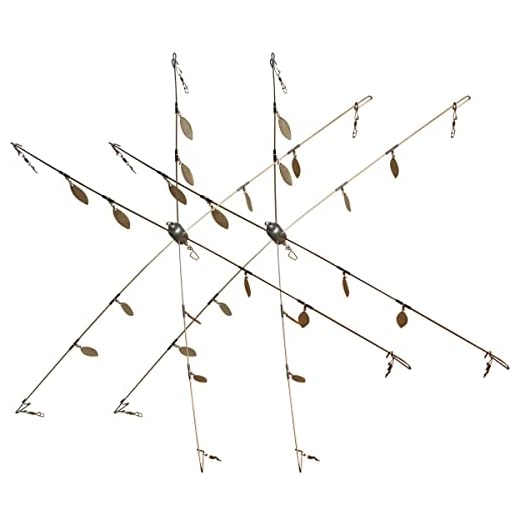
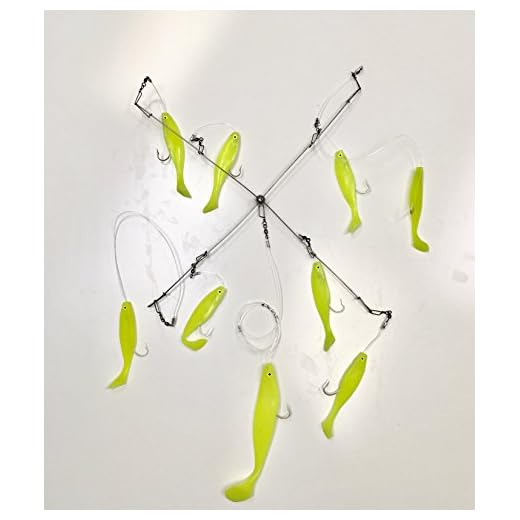
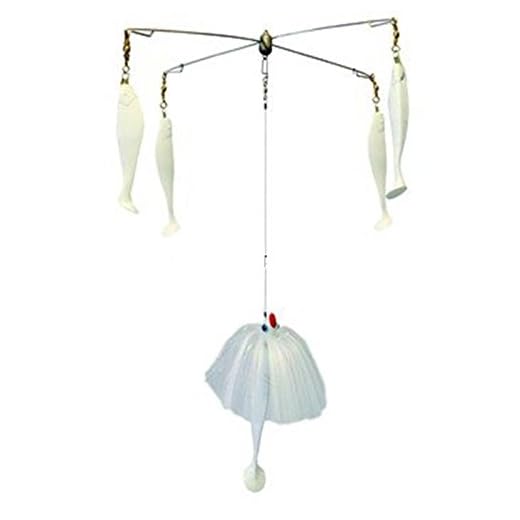
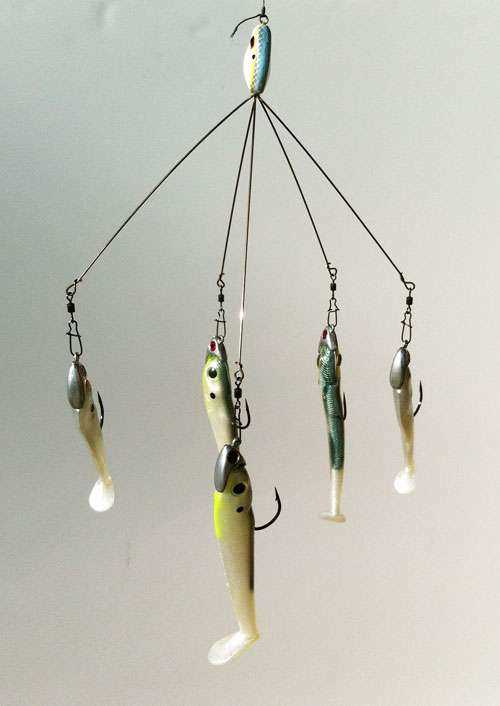
For anglers looking to enhance their chances of a successful catch, securing baits to multi-lure assemblies is a key skill. The methods discussed will provide practical techniques to ensure your baits stay in place, creating a lifelike presentation that attracts fish.
This article is designed for both novice and experienced fishermen who want to optimize their rigging strategies. By following the outlined methods, you can improve your fishing efficiency and experience on the water.
We will cover various techniques for fastening baits, including the use of specific knots and connectors, maintaining the correct positioning, and ensuring durability under pressure. You’ll learn how to adapt your approach based on the type of bait and the fishing conditions to maximize your effectiveness.
Best Way to Secure Baits to a Multi-Lure Setup
Using the correct method to fasten artificial baits to a multi-lure setup can significantly enhance your fishing success. A reliable approach involves using the right knot and ensuring that the baits are positioned correctly to mimic natural movement.
Begin by selecting a strong, durable knot such as the improved clinch knot or the Palomar knot. These knots provide secure connections that can withstand vigorous strikes from fish. Make sure to moisten the line before tightening the knot to prevent friction damage.
Attachment Techniques
When positioning the baits, consider the following suggestions:
- Use a Snap Swivel: Attaching baits with a snap swivel allows for easy changes and adjustments, ensuring you can adapt quickly to conditions.
- Adjust the Length: Vary the distance between the baits to create a more realistic presentation. This can help in attracting fish that may be more selective.
- Consider Weight Distribution: Ensure that the heavier baits are placed closer to the main line to maintain balance while trolling or casting.
Experimenting with different colors and sizes of baits can also yield better results. Fish often respond to specific patterns, so having a variety on hand is advantageous.
| Method | Benefits |
|---|---|
| Improved Clinch Knot | Strong and reliable connection |
| Palomar Knot | Versatile and easy to tie |
| Snap Swivel | Quick changes and adjustments |
Incorporating these techniques will not only enhance the effectiveness of your setup but also improve your overall fishing experience. Adjust and experiment based on your local conditions to maximize your chances of a successful catch.
Selecting the Right Knot for Umbrella Rig Lures
Utilizing the correct knot is vital for securing baits effectively on a multi-lure setup. A reliable option is the Palomar knot, known for its strength and simplicity. This knot provides an excellent connection, minimizing the risk of losing your tackle due to line failure.
Another strong choice is the Improved Clinch knot, which offers a secure hold while being relatively easy to tie. This knot works well with various line types, ensuring that your baits stay in place even during aggressive casts or retrieves.
Factors to Consider
When selecting a knot, consider the following elements:
- Line Type: Different knots perform better with specific materials, such as monofilament or braid.
- Load Strength: Ensure the knot can withstand the expected tension, especially with multiple baits.
- Ease of Tying: A straightforward knot can save time and ensure consistency on the water.
Testing your chosen knot under load before heading out is advisable. This practice can help identify any weaknesses in your setup, ensuring a more successful fishing experience.
Step-by-Step Guide to Attaching Lures Securely
Begin with selecting the appropriate hook size for your chosen bait. Ensure that the hook matches the dimensions of the lure for optimal performance. Using a mismatched hook can lead to poor action and decreased effectiveness.
Next, prepare the line. Cut a length of fishing line that allows for sufficient movement and flexibility. This length should accommodate your setup without causing tangles or excessive strain on the knots.
Attaching the Bait
Follow these steps for a reliable connection:
-
Thread the Line: Pass the line through the designated eye of the hook. Ensure it moves freely without resistance.
-
Create a Loop: Form a loop by bringing the line back over itself. This loop will be essential for securing the bait.
-
Wrap the Line: Take the end of the line and wrap it around the standing line and the loop five to seven times. Maintain even tension to avoid a loose connection.
-
Secure the Knot: Carefully pass the end of the line back through the loop you created. Wet the knot lightly to reduce friction and pull it tight. Trim any excess line for a clean finish.
-
Check the Connection: After securing the knot, give a gentle tug to ensure the hook is firmly attached. This step prevents any unexpected detachment during use.
For enhanced stability, consider using a swivel. Attach the swivel to the main line before connecting the hook, which can help prevent line twists and improve lure action.
Regularly inspect your connections and replace any worn components to maintain performance. A well-attached bait is vital for a successful fishing experience.
Choosing the Best Lures for Your Umbrella Rig Setup
Selecting the right artificial baits significantly enhances your chances of success. Focus on size, color, and type that mimic local forage species, as this will attract more fish in various conditions.
When considering colors, opt for natural shades during clear water conditions, while bright or vibrant colors can be more effective in murky waters. Additionally, incorporating different types of artificial baits, such as swimbaits, grubs, or spoons, can create an appealing presentation that increases the likelihood of bites.
Key Factors to Consider
- Size: Choose baits that closely resemble the prey fish in the body of water you’re fishing. Smaller profiles may work better in pressured areas, while larger options can be effective in open water.
- Action: The action of the bait matters. Some species respond better to a slow, steady retrieve, while others may react to erratic movements. Experiment with various styles to see what triggers a response.
- Weight: Ensure that the baits you select have compatible weights for your setup, allowing for proper depth and movement in the water column.
Testing combinations of different types and colors can lead to discovering what works best in your specific fishing environment. Adjusting your approach based on the conditions and fish activity will provide a more tailored and effective fishing experience.
Common Mistakes to Avoid When Attaching Baits
Improper knot selection can lead to failures during a catch. Always opt for a knot that suits the line type and weight. For example, the Palomar knot is effective for most situations, ensuring a secure hold without risking line breakage.
Neglecting to check the alignment of the bait can result in an unnatural presentation. Ensure that each bait is positioned correctly, allowing for optimal movement and attraction in the water.
Key Mistakes to Watch For
- Using Incompatible Materials: Ensure that the line and connectors are compatible. Mixing materials can weaken the overall setup.
- Ignoring Leader Length: A leader that is too short may not provide enough separation, while one that is too long can become tangled easily.
- Overlooking the Weight Distribution: Uneven weight can cause the assembly to swim erratically. Balance the weight across the setup for better performance.
- Failing to Test the Setup: Always perform a test before heading out. A quick check can reveal weak points or improper alignments.
Steering clear of these common blunders will enhance your fishing experience. Focus on proper techniques, and your chances of success will significantly increase.
Best way to tie lures to umbrella rig
Features
| Part Number | DFTSYNA(50pcs) |
| Color | Black Nickel |
| Size | #10-503LB(3.9") |
Features
| Language | English |
| Number Of Pages | 0 |
Features
| Part Number | SLW-Urig-6-2-2PCS |
| Model | SLW-Urig-6-2-2PCS |
| Warranty | 3 months |
| Color | 2 Pieces 6-arm Umbrella Rig (Silver) |
Features
| Part Number | SFP-SUR |
| Color | White |
Features
| Part Number | 1516 |
| Color | White |
| Size | 4.25" |
Video:
FAQ:
What is the best knot to use for tying lures to an umbrella rig?
One of the most recommended knots for tying lures to an umbrella rig is the Palomar knot. This knot is favored because it is strong and easy to tie, making it a great choice for various fishing scenarios. To tie it, double about six inches of line and pass it through the eye of the lure. Then, tie a simple overhand knot, but before tightening it, pass the lure through the loop you created. Finally, wet the knot and pull it tight. This method ensures a secure connection between the lure and the rig while maintaining the lure’s action in the water.
How can I ensure that my lures on the umbrella rig are spaced properly?
Proper spacing of lures on an umbrella rig is crucial to mimic a school of baitfish. To achieve this, you can use a combination of different-sized lures and set them at varying distances along the rig’s branches. A common method is to place the largest lures on the outermost branches and gradually decrease the size as you move toward the center. This not only creates a realistic appearance but also allows for better visibility and attraction to predatory fish. Additionally, check the rig’s design; some rigs come with pre-marked spots for optimal lure placement.
Are there any specific tips for choosing lures to use with an umbrella rig?
When selecting lures for an umbrella rig, consider the conditions and the type of fish you are targeting. Match the color and size of the lures to the local forage. For instance, if smaller baitfish are prevalent, opt for smaller lures. Additionally, use lures with different actions; some should be more erratic while others can be more subtle, creating a more enticing spread. It’s also beneficial to incorporate a mix of hard and soft baits, as this variation can attract a wider range of fish. Finally, test your setup in the water to see how the lures behave together, making adjustments as necessary.








